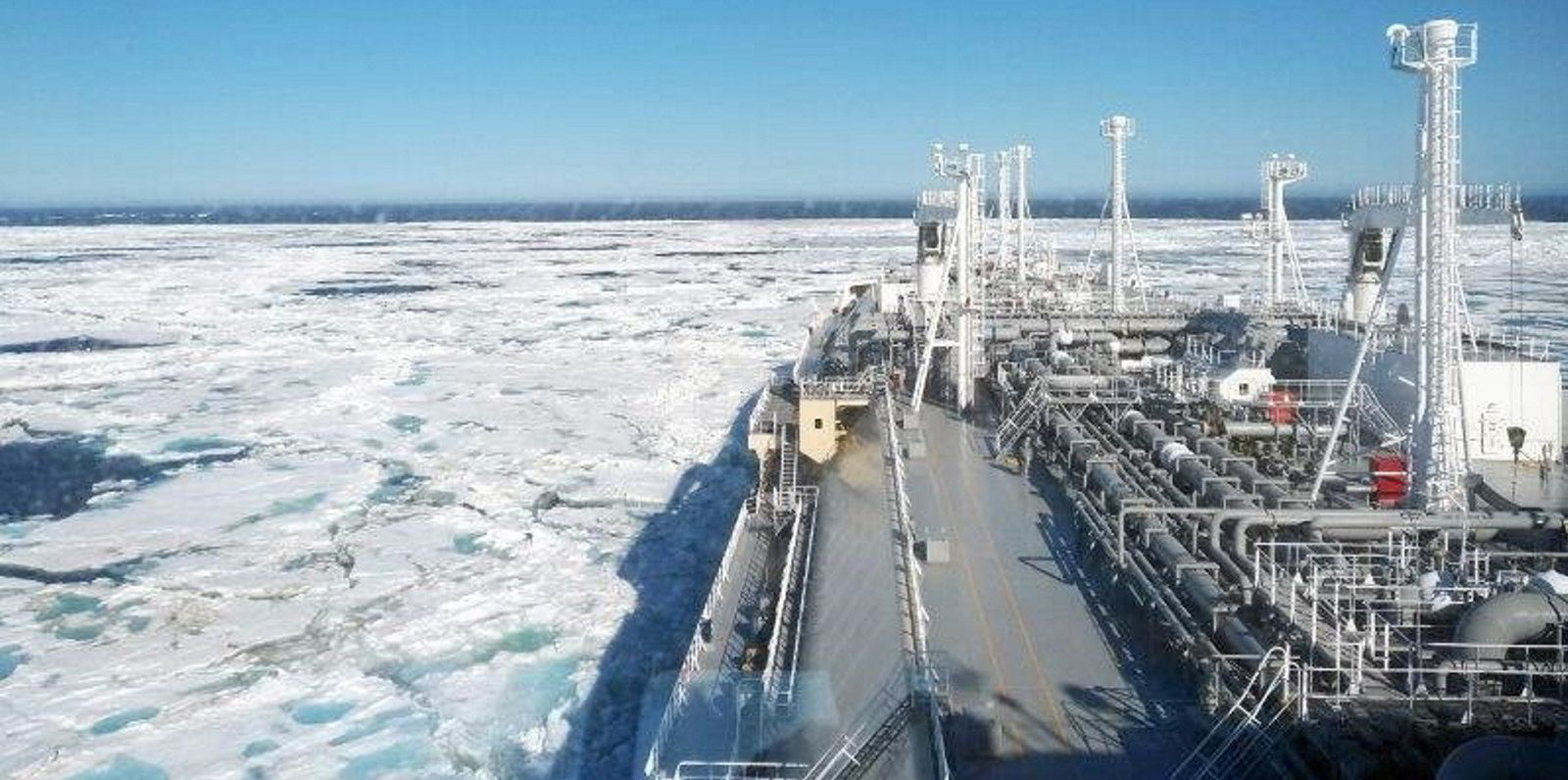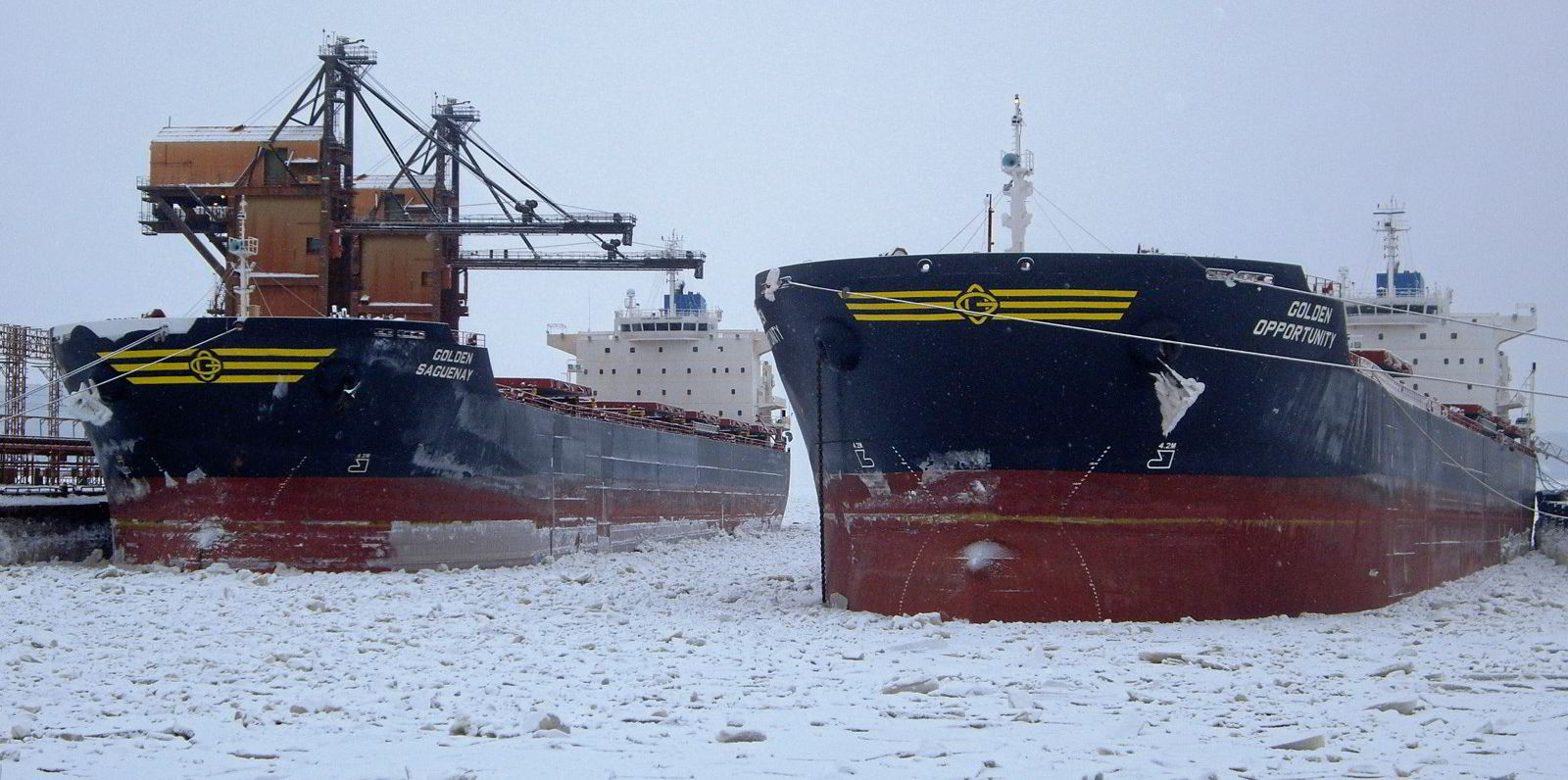An Arc7 LNG carrier making a return passage in ballast through the Northern Sea Route (NSR) in winter is taking longer than expected to reach its destination due to the heavy ice conditions encountered.
The 172,600-cbm Vladimir Vize (built 2018), which discharged its cargo at China’s Rudong LNG terminal around 6 January, originally signalled that it will arrive at Yamal LNG’s Sabetta terminal on 26 January.
Kpler data shows the ice-breaking LNG carrier has finally entered the Laptev Sea and has currently rescheduled its arrival to 22 March.
Those following the winter voyage of the specialised vessel through the Arctic passage said it and other vessels have encountered difficult ice conditions at the eastern end of the NSR.
Early last week four ice-breakers, including Russia’s newest working vessel the 60MW Arktika (built 2020), were working in pack ice in the Barents Strait and Vladimir Vize appeared to be idle in an area to the south of Wrangel Island, Eikland Energy data service iGIS/LNG said.
A year earlier Novatek-led Yamal LNG put some of its Arc7 LNG carriers through the NSR in January and February with one sustaining damage to an azipod but another making the outbound and inbound voyages.
In a statement on Monday Japan’s Weathernews said that both the Northeast Passage to the north of Canada and the NSR remain “closed” for the first time in 12 years since the Russian channel was not classed as open.
The forecaster and information provider defines the Arctic passages as open when, according to satellite data, the entire route can be traversed without entering any areas affected by sea ice.

Reviewing sea ice conditions in the Arctic Ocean for 2021, Weathernews’ Global Ice Center said that due to cool summer temperatures in July last year the sea ice did not see much melt.
This resulted in the minimum sea ice area of 4.61m square kilometres, which was the largest for the past seven years.
“As a result, sea ice remained in some areas of the Northern Sea Route even in September when the sea ice area should be the smallest, causing both the Northeast and the Northwest Passages to remain closed,” it said.
“For the Northwest Passage, this was the second consecutive year that it failed to open due to sea ice persisting along the passage.”
Contrast
This contrasts with previous years when the decline in sea ice has been accelerating as water temperatures increased, the body said, suggesting the Arctic area may be warming at two to three times faster compared to other regions.
Weathernews highlighted that during the 2020 season, the NSR was “open” for 88 days - the longest period recorded to date – due to record-breaking temperatures.
The weather service, which began offering its own Carbon Intensity Monitoring service for the shipping industry in April 2021, said using the NSR cuts both transportation costs and CO2 emissions.
The body said that with the IMO’s incoming Carbon Intensity Indicator (CII) regulations it expects use of the NSR to increase.
Russia wants to see the NSR open to year-round navigation from 2024. The country logged record transit and traffic figures for the Arctic passage in 2021.







